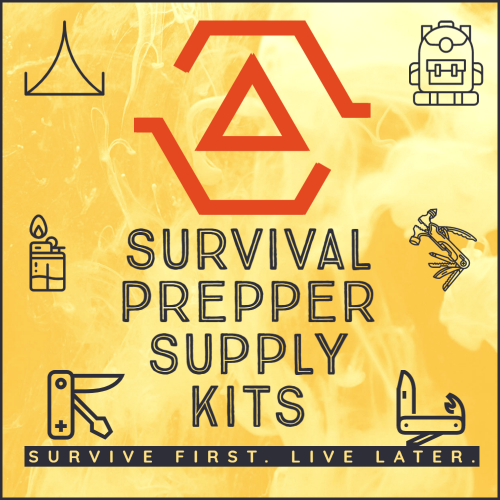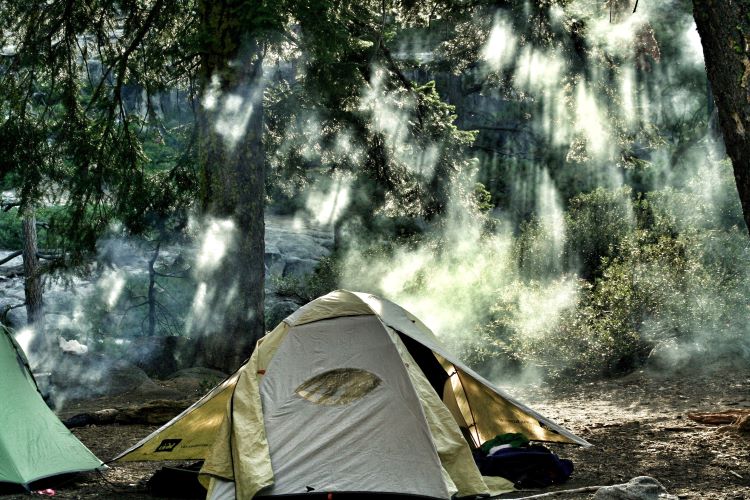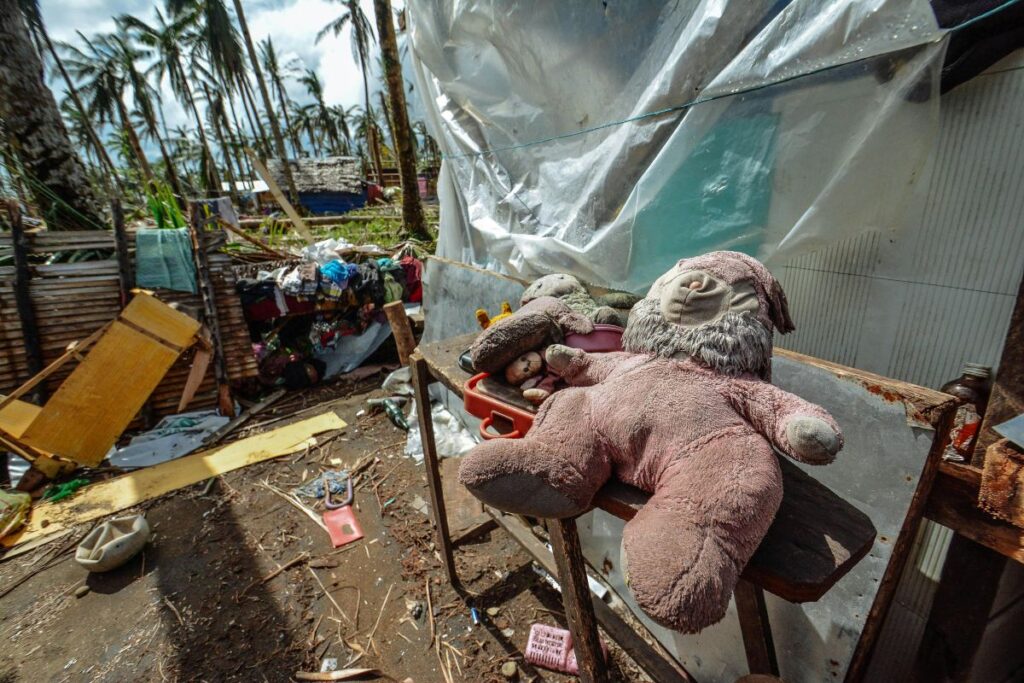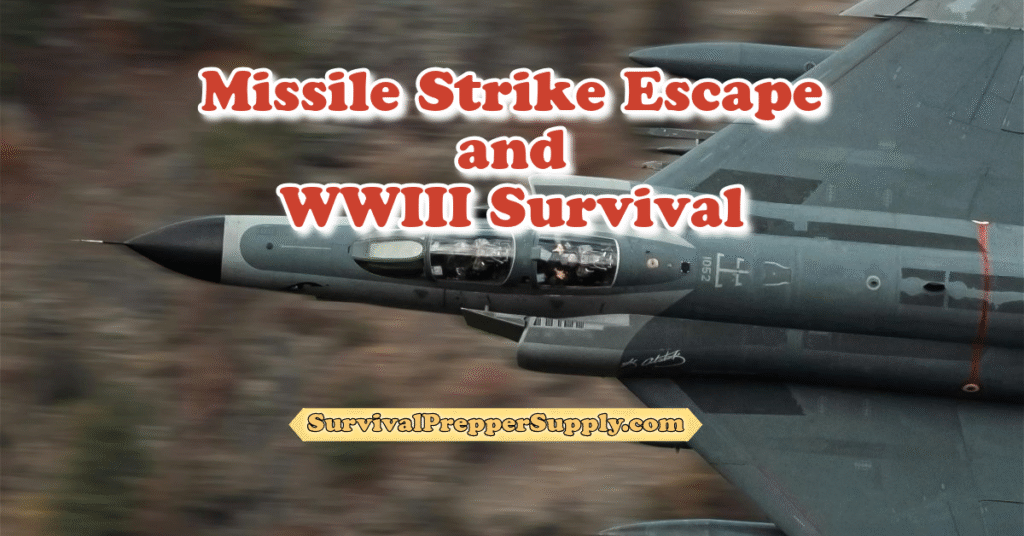More Ultimate SHTF Survival Lessons for Shelter, Fire Building and Communication.
Lesson #3: How to Build a Survival Shelter
It would be wonderful to think that in any survival situation, you could stay and shelter in place without having to venture out to another location. But that’s not always how it’s going to turn out.
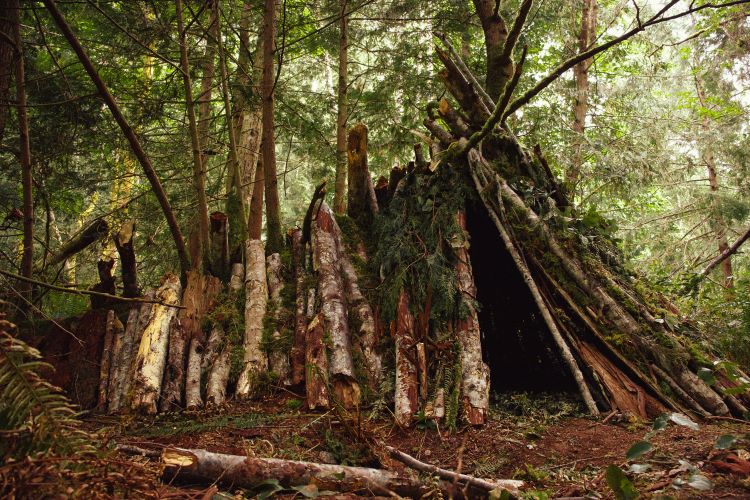
You could end up in an SHTF event where your home is no longer an option for you to remain in. That means you need to learn how to find or build a shelter. It’s nice to think you will always have tools, such as a tent where you can seek shelter.
But even in that case, you never know if your tent will become compromised or lost, and you may have to develop your shelter from scratch. Shelter is not just for comfort, but also as a means to keep you safe from the elements and wildlife.The Ultimate SHTF Survival Lessons Guide, Lesson #1-2, Food and Water
You want to develop a plan for building a shelter in your nearby location. So, if you live in a place that is impacted severely by winter weather, you’ll need to make adjustments for that.
If you live in an area that is prone to flooding, you’ll need to look for higher ground that will stay dry, without putting your family at more risk. Ideally, the place you find will provide you with protection from the elements such as wind and rain as much as possible.
Please note that this post contains affiliate links, meaning I will get a small commission for qualifying purchases at no extra cost to the buyer.
You want to learn what kind of gadgets you may need to have on hand. These may include a machete or a knife of some sort, some ropes, or even duct tape. A paracord bracelet can come in handy in this case as well.
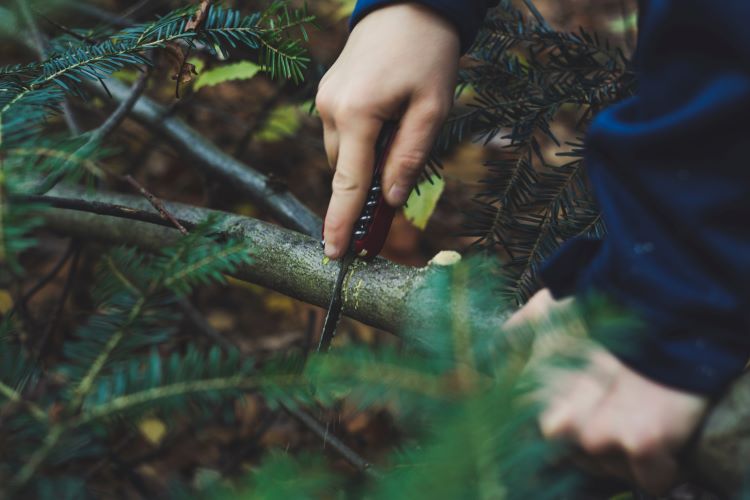
It may be helpful if you go out into a wilderness situation and look to see what kind of materials may be on hand for you to use in order to fashion a shelter for your family. These may include tree branches, leaves, and other materials.
Practicing how to build a shelter is a great lesson for you and your family members to engage in periodically. They must know how to structure a frame for the shelter and insulate it to keep you warm and protected from the rain.
Start with one type of shelter, and then practice branching out to build different ones so that you can see what will work best in your location, and what is easiest for you and your loved ones to put together.
Read more at Wikipedia – Emergency Shelter
These may include shelters such as an A-frame shelter, a lean-to shelter, a hut, a shelter made from a tarp, a wigwam, or even a shelter made out of snow. While it may seem odd to use snow to keep you warm and insulated, that’s exactly what will happen if you know how to build it correctly and you’re caught in a blizzard situation.
Lesson #4: How to Start and Use a Fire for Survival
You may take the warmth and kitchen appliances that you have currently for granted, but if you are in a survival event, you will need to know how to start and properly use a fire to help you get by.
Fires can serve many different purposes for you in the wild. First and foremost, you’ll need it for cooking food such as wild game that you catch to feed yourself and your family. You can also use it to boil and purify water to drink.
Another thing it can do is help keep you warm. Even if you live in a typically warm environment, the temperature can dip down into cool and uncomfortable conditions during the night.
If you are in a rainy environment or have somehow gotten wet, the fire can help dry you and your clothes so that you are not cold and uncomfortable in wet conditions. If you have ever been out in the wilderness at night, you’ll know that it becomes very dark with no city light sources.
The fire that you build can serve as a light to help you function properly around the campground and also to navigate in the dark if you have to light the path in front of you. It may also help keep some wildlife away from the campground.
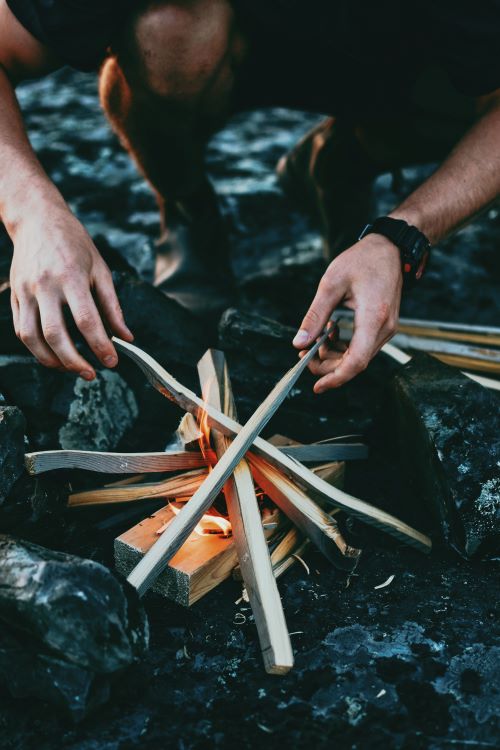
In the event that you need to be rescued in a survival situation, you can use fire as a signal. Not only can rescuers who are flying overhead spot the fire, but you can also use smoke from the fire to signal to those who are on the ground.
Read This: The Ultimate SHTF Survival Lessons Guide, Lesson #1-2, Food and Water
The first thing you need to learn and teach your family is how to start a fire. If you have the convenience of a lighter or matches, you’ll be able to easily start a fire using some kindling that you gather around the campground.
The use of a flint and steel, which sparks and ignites a fire is something that may look easy, but it’s a bit more difficult when you are trying to do it in an emergency situation. This is a skill that has to be practiced.
There are other methods you can use to start a fire as well, such as using some sort of glass to magnify the sun’s rays and ignite a fire or even using a battery and connecting it to some sort of conductor to create a spark.
You want to make sure that you are starting a fire in a good location. It should be clear of debris that could catch fire and spread, and you want to have rocks surrounding it to keep the fire in an enclosed space.
- Try to gather natural kindling such as dry leaves and twigs that will ignite easily.
- Once you get the fire going, you must keep it ignited.
- After starting with some sort of easily ignitable tinder, you want to strategically place some bigger kindling pieces angled over it so that they can ignite as well.
- As the fire begins to grow, you can start putting slightly larger pieces crossed over one another so that air is able to circulate around the wood or branches and keep the fire fed for a longer period.
You want to make sure that you have some sort of water nearby in case the fire begins to get out of control. Make sure someone is always there to watch it and put it out at the appropriate time, making sure there are no hot coals or embers left.
Lesson #5: How to Stay Informed and Communicate with Others
In a survival situation, communication is key. Whether you need to be informed by government agencies about what is going on, or you need to communicate with your loved ones and neighbors about what is happening in your immediate location, communication gadgets, and strategies are important to learn.
Related: Survival Prepper Books and The (Atomic) Bomb Books to Read
Most people rely heavily on their smartphones for communication. However, this may not always be an option in a SHTF situation. You may end up having to rely on a satellite phone or some sort of two-way radio like a walkie-talkie if your smartphone is not operational.
When it comes to being aware of what is happening on a larger scale, you want to have a weather radio on hand that will be operational with solar energy, batteries, or even hand cranking.
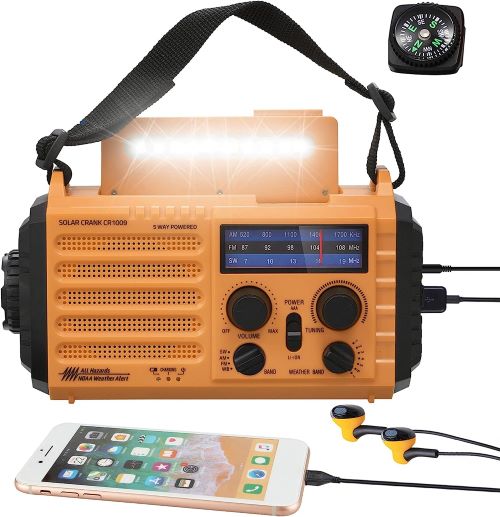
For long-term survival use, you may want to become licensed as a ham radio operator. This can give you a bigger range of communication and is more reliable in emergencies.
There are some instances where you will need to communicate while maintaining your anonymity and protect yourself from intruders or other threats. You might want to develop atypical or nonverbal communication with your loved ones and neighbors that don’t rely on any type of sound or gadgets.
Related: Survival Prepper Tips for Knowing When It’s Time to Bug Out
These can include bird sounds, hand signals, light signals, or even Morse code. That way, if intruders are near, you can communicate without outing yourself in the process and notifying people of where you are.
NEXT: The Ultimate SHTF Survival Lessons Guide, Lesson #6-7, Navigation and Panic
